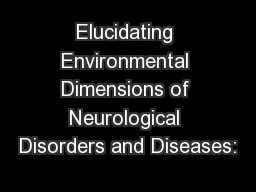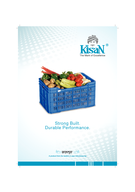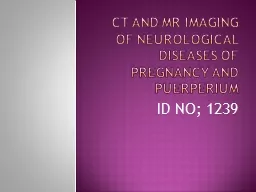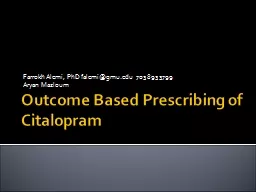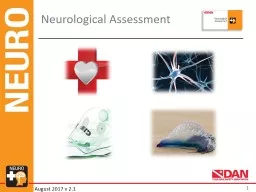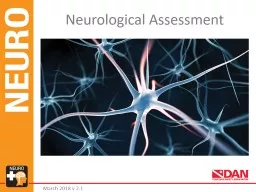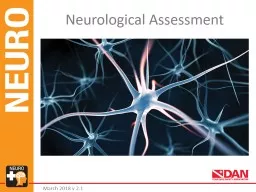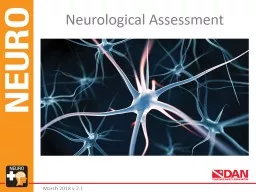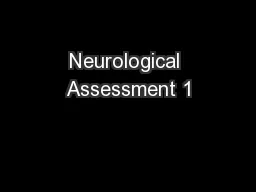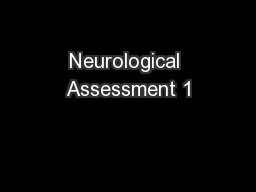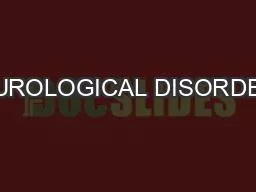PPT-Elucidating Environmental Dimensions of Neurological Disorders and Diseases:
Author : briana-ranney | Published Date : 2018-11-07
Understanding New Tools from Federal Chemical Testing Programs Linda Birnbaum PhD DABT ATS Director National Institute of Environmental Health Sciences and National
Presentation Embed Code
Download Presentation
Download Presentation The PPT/PDF document "Elucidating Environmental Dimensions of ..." is the property of its rightful owner. Permission is granted to download and print the materials on this website for personal, non-commercial use only, and to display it on your personal computer provided you do not modify the materials and that you retain all copyright notices contained in the materials. By downloading content from our website, you accept the terms of this agreement.
Elucidating Environmental Dimensions of Neurological Disorders and Diseases:: Transcript
Download Rules Of Document
"Elucidating Environmental Dimensions of Neurological Disorders and Diseases:"The content belongs to its owner. You may download and print it for personal use, without modification, and keep all copyright notices. By downloading, you agree to these terms.
Related Documents

